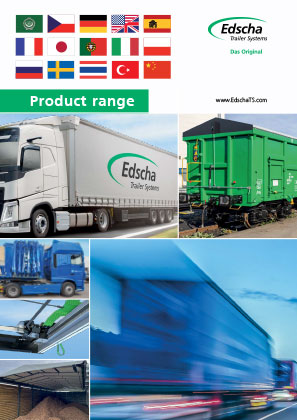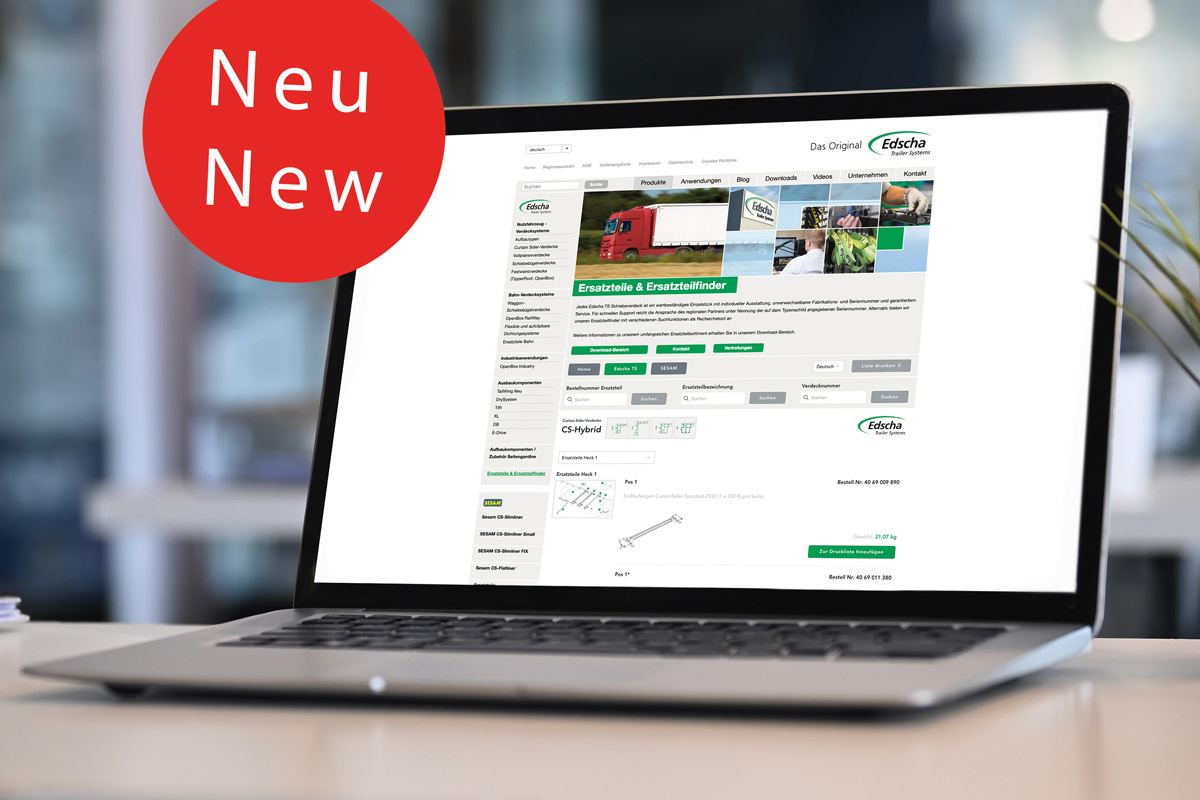Always fast through customs
TIR is the abbreviation for "Transports Internationaux Routiers". This is a customs transit procedure for the temporary import or transit of goods. Trucks transporting such goods can be recognized by a blue and white plate attached to the front and rear of the truck. The corresponding customs document is currently always a so-called TIR carnet. The TIR procedure is simple and uncomplicated thanks to standardized customs checks, which are accepted by all transit and destination countries and are only carried out in the country of departure. The truck container is then sealed and a TIR Carnet is issued. In practice, the customs authorities only check the TIR seals (the condition of the seals on the doors and vehicle) and the customs documents, but not the load. The fast processing reduces transport costs (by up to 38%) and transport times (by up to 80%).

Successful since 1949 until today
The idea behind the TIR procedure was to rebuild and revive trade and economic relations that had been destroyed by the war. As early as 1949, the first TIR agreement was concluded between several European countries with this aim in mind. Around 26 years later, the Convention concerning the International Carriage of Goods under cover of a TIR Carnet of November 14, 1975, created the legal basis for the TIR procedure that is still valid today.
Customs-compliant with Edscha TS sliding roof systems
Edscha TS tarpaulin cover systems are indispensable for TIR transports and also set standards here. The tarpaulin cover systems must be equipped in accordance with TIR specifications. The CS-Hybrid sliding roof systems with the volume profile and the SESAM CS-SLIMLINER sliding roof systems with the volume profile are suitable for this, as are all Edscha TS full tarpaulin roof systems. Special design features of these tarpaulin cover systems help to ensure the customs security of international TIR road freight transportation.
One glance is enough
The TIR procedure is initiated at the customs office of departure. This is also where the seals, e.g. seals, are applied. The means of transport with the cargo and the corresponding TIR carnet must be presented to the customs offices of transit at the borders. The procedure is completed at the customs office of destination. However, there can and will also be checks on TIR transports. Innovative Edscha TS sliding roof technology guarantees fast and secure clearance during cargo inspections. Incidentally, Edscha TS has developed special design features for sealing that enable customs to carry out a quick visual inspection of the goods, for example.
The future of TIR
Despite the free movement of goods in the EU and a long period of use, the TIR procedure continues unabated. Theoretically, it could also play an important role in overland transportation of goods between Europe and China in the future. However, there is also great interest in joining the TIR procedure in Africa and South America.






